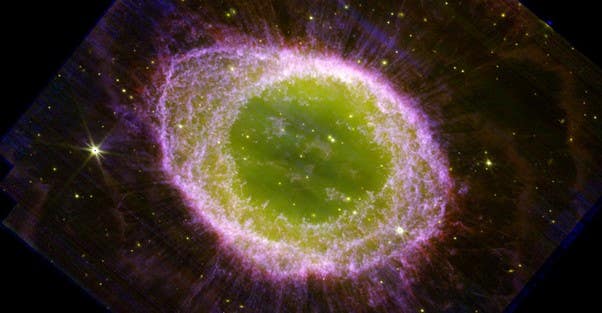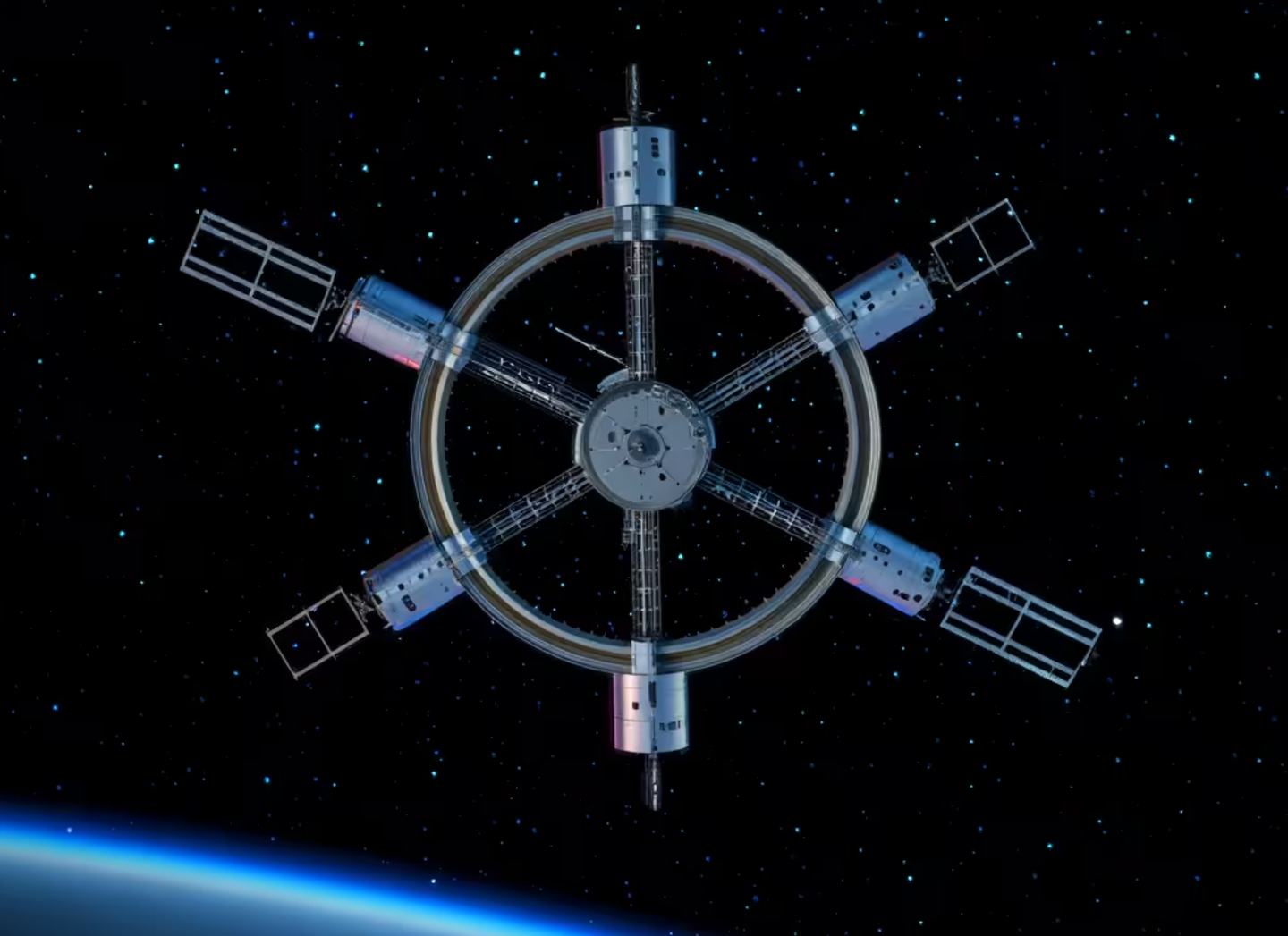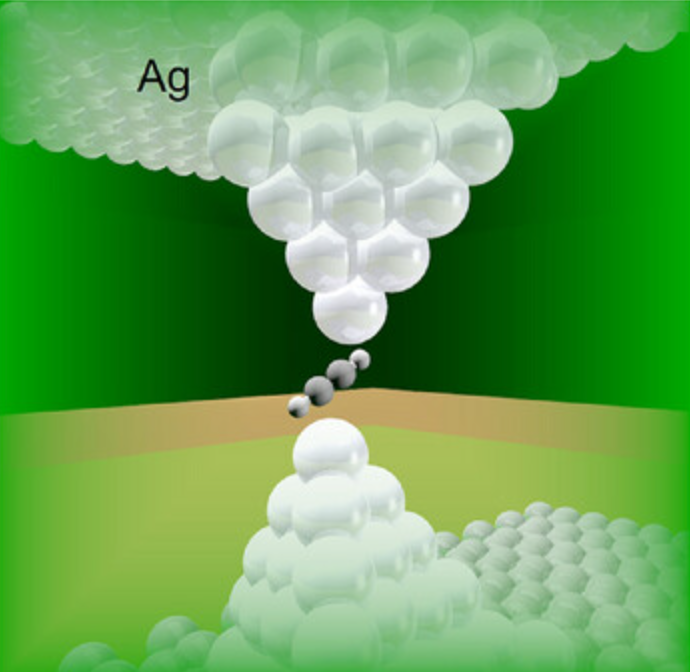Stunning new images of the Ring Nebula captured by Webb telescope
NASA’s James Webb Space Telescope (JWST) has captured new images of the iconic Ring Nebula, revealing its intricacies like never before.

[Aug. 4, 2023: Staff Writer, The Brighter Side of News]
JWST/NIRcam composite image of the Ring Nebula. The images clearly show the main ring, surrounded by a faint halo and with many delicate structures. The interior of the ring is filled with hot gas. The star which ejected all this material is visible at the very centre. It is extremely hot, with a temperature in excess of 100,000 degrees. The nebula was ejected only about 4000 years ago. Technical details: The image was obtained with JWST's NIRCam instrument on August 4, 2022. Images in three different filters were combined to create this composite image: F212N (blue); F300M (green); and F335M (red). (CREDIT: JSWT)
In a groundbreaking revelation that has left both the scientific community and sky enthusiasts spellbound, NASA's James Webb Space Telescope (JWST) has captured new images of the iconic Ring Nebula, revealing its intricacies like never before.
Situated in the constellation Lyra and visible throughout the summer, the Ring Nebula, also recognized as Messier 57, is a celestial jewel that has long fascinated stargazers. For those wielding a small telescope, this nebula presents itself as a donut-like structure, a circle of glowing gas that appropriately led to its naming.
However, JWST's recent imaging brings forth a perspective that's unparalleled, shedding light on both the vast expanses and intricate details of this ethereal masterpiece.
The Ring Nebula is not just any nebula; it is a planetary nebula. These are vibrant remnants of dying stars that, towards the culmination of their existence, jettison much of their mass into the cosmos. And the Ring Nebula, with its distinct structure and captivating hues, is a prime exemplar of these celestial phenomena.
Related Stories
A Window into Stellar Evolution
Albert Zijlstra, Professor in Astrophysics at the University of Manchester, expressed his wonderment at the revelation, stating: “We are amazed by the details in the images, better than we have ever seen before. We always knew planetary nebulae were pretty. What we see now is spectacular.”
At a staggering distance of approximately 2,600 light years from Earth, the Ring Nebula emerged from a dying star that cast its outer layers into the cosmic winds. But what truly elevates these nebulae to the pedestal of cosmic wonders are their myriad patterns – from shimmering rings and expansive bubbles to intricate, ethereal wisps. These are a testament to the multifaceted processes of the cosmos, many of which remain enigmatic.
Much like a grand cosmic fireworks show, varied chemical elements within the nebula discharge light in specific hues. This phenomenon doesn't just culminate in awe-inspiring, vivid structures, but also provides a detailed canvas for astronomers to delve into the chemical evolution of these stellar remnants.
A close-up of part of the nebula shows that the ring consists of large numbers of small clumps. The team counts as many as 20,000 clumps. They contain molecular hydrogen and are much cooler and denser than the rest of the nebula. Some of the clumps are beginning to develop tails (see, e.g., at the lower right), behaving as comets the size of planets. About half of all gas in the nebula is in these clumps. (CREDIT: JSWT)
Dr. Mike Barlow, the spearheading scientist of the JWST Ring Nebula Project, conveyed the significance of this unveiling: "The James Webb Space Telescope has provided us with an extraordinary view of the Ring Nebula that we've never seen before. The high-resolution images not only showcase the intricate details of the nebula's expanding shell but also reveal the inner region around the central white dwarf in exquisite clarity. We are witnessing the final chapters of a star's life, a preview of the Sun’s distant future so to speak, and JWST's observations have opened a new window into understanding these awe-inspiring cosmic events. We can use the Ring Nebula as our laboratory to study how planetary nebulae form and evolve."
Dr. Nick Cox, the co-lead scientist from ACRI-ST, France, further added to the narrative, emphasizing the broader implications of these images: "These images hold more than just aesthetic appeal; they provide a wealth of scientific insights into the processes of stellar evolution. By studying the Ring Nebula with JWST, we hope to gain a deeper understanding of the life cycles of stars and the elements they release into the cosmos.”
Close-up of the southern part of the outer halo, the part outside the main ring. The team finds several hundred linear features, pointing approximately at the central star. Their origin is not yet clear. How a single star can create such a complex nebula is not well understood. JWST will be used to study the structure, and the origin of the clumps and stripes. In the background, thousands of more distant, numerous faint galaxies can be seen, some with clear spiral structure. (CREDIT: JSWT)
A Global Endeavour
It is worth noting that this monumental effort isn't confined to a few individuals or institutions. The research ensemble pouring over these images is a global collaboration, with brilliant minds from the UK, France, Canada, USA, Sweden, Spain, Brazil, Ireland, and Belgium.
As the international community awaits with bated breath, hints suggest that JWST/MIRI images of the Ring Nebula are on the horizon. Given the revelations so far, one can only imagine what further secrets this celestial ring holds, waiting to be unraveled.
In the vast tapestry of the cosmos, the Ring Nebula stands as a vivid patch of stellar history and evolution. And as technology like the JWST continues to advance, humankind inches closer to decoding the mysteries of the universe, one celestial object at a time.
Note: Materials provided above by The Brighter Side of News. Content may be edited for style and length.
Like these kind of feel good stories? Get the Brighter Side of News' newsletter.



